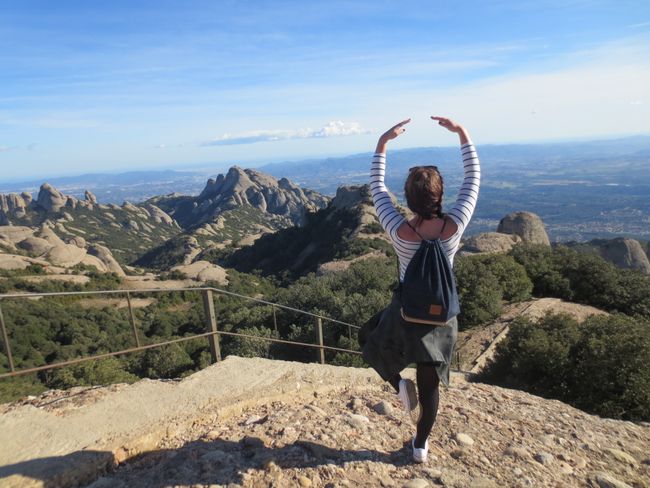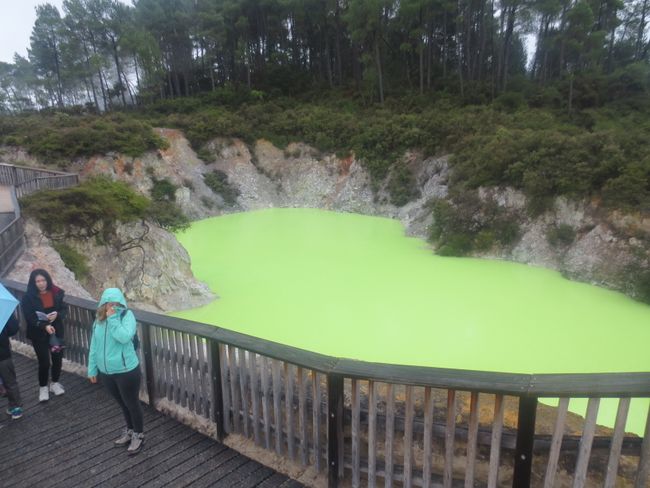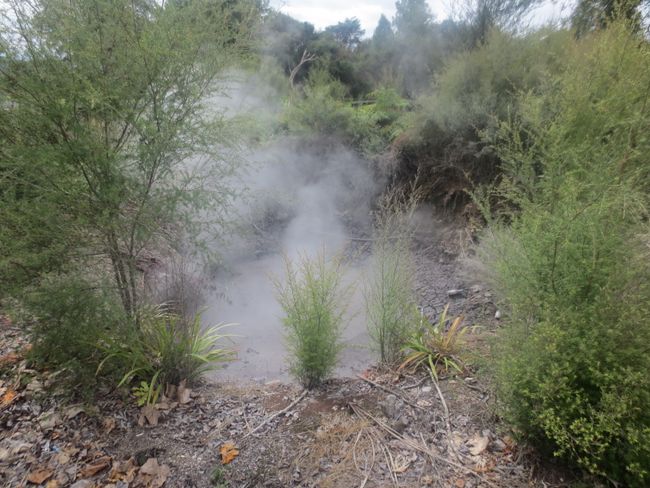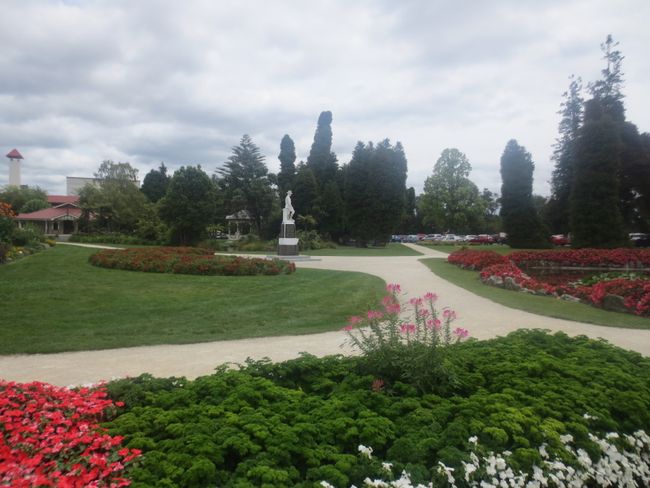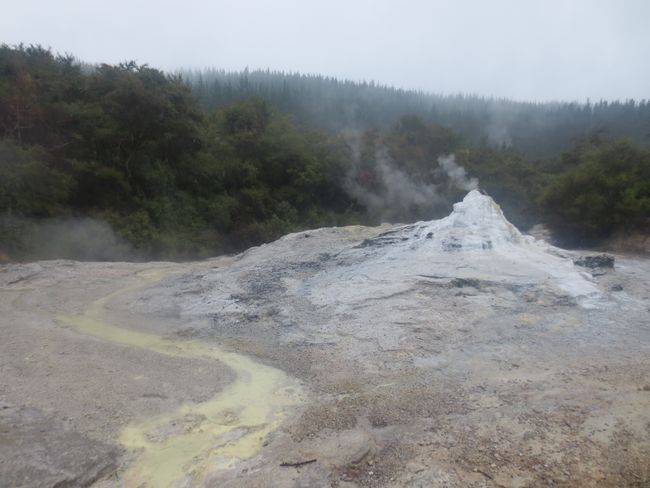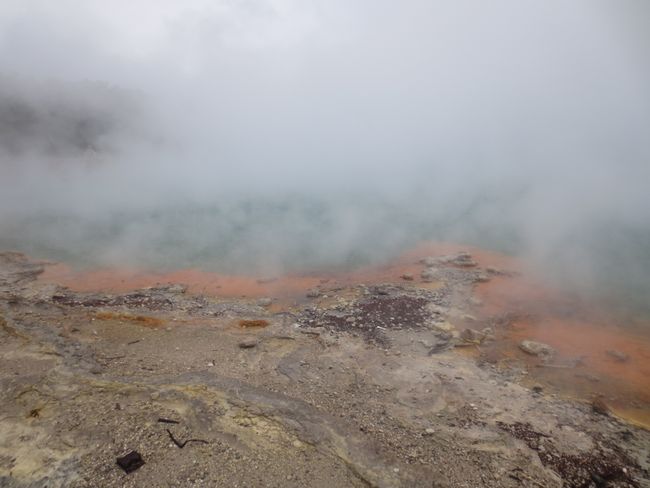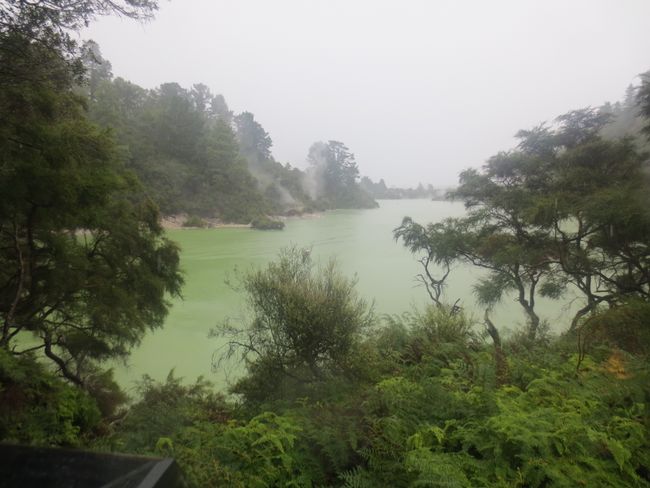Day 9 + 10 Rotorua - the stinky city
வெளியிடப்பட்டது: 21.02.2018
செய்திமடலுக்கு சந்தாதராகவும்
With these fragrant promises, we headed southeast, to the center of the North Island. Rotorua translates literally to 'two lakes', although it is actually located near five lakes of different colors. The Māori people also call the region Whangapipiro - the terribly stinky place. Even several hundred meters before entering the town, a sulfurous, rotten smell sneaks into my nose. In the city park, even the last person with a blocked nose can smell it. Several thermal springs, mud volcanoes, and yellow glowing sulfur rocks form a bizarre cityscape. The historical English Gardens of Rotorua, which date back to the time of the first British settlers and appear tidy and well-maintained due to their symmetrical arrangement, do not match the brightly lit and hot steamy natural spectacle.
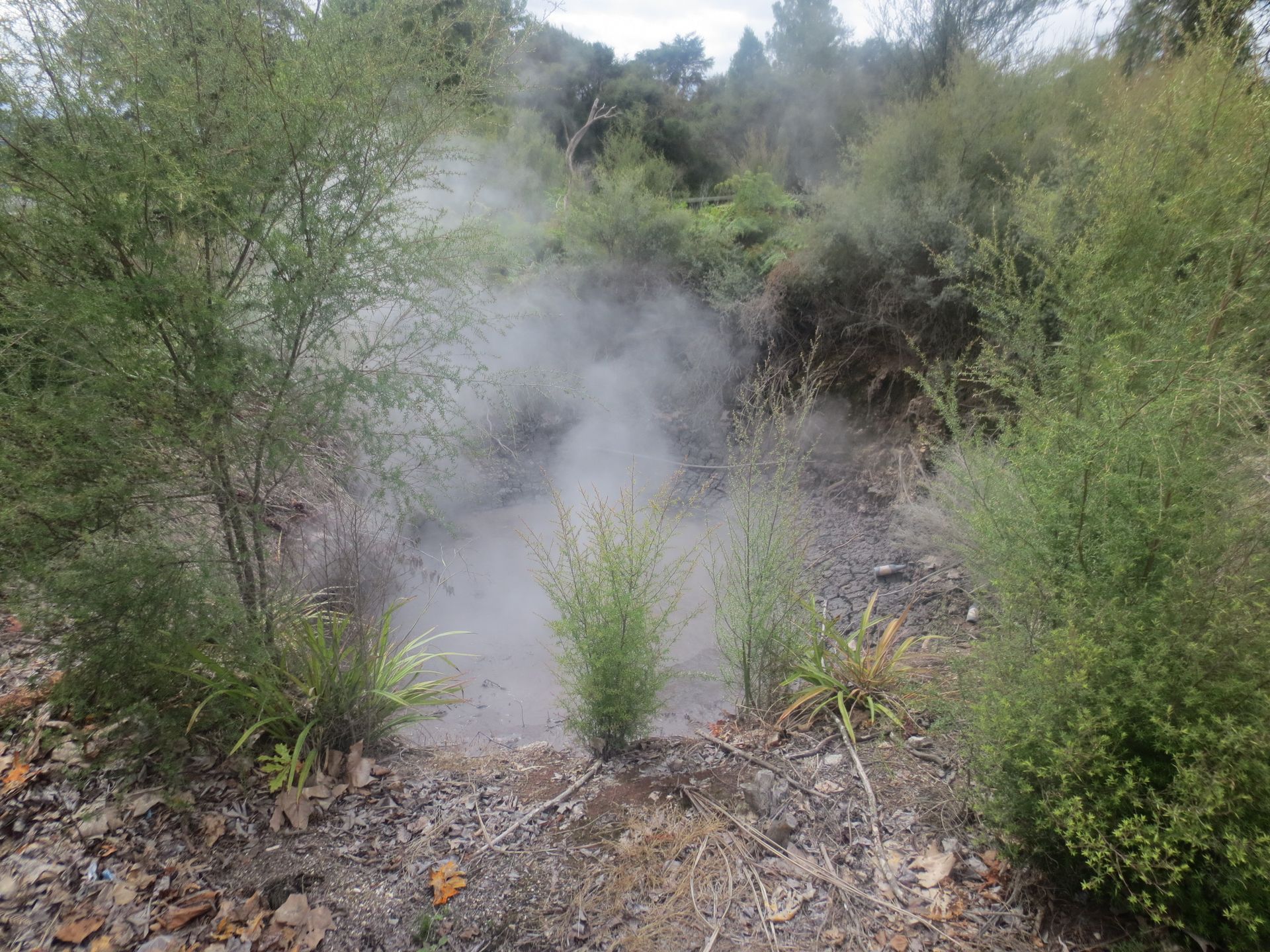



செய்திமடலுக்கு சந்தாதராகவும்
பதில்

பயண அறிக்கைகள் நியூசிலாந்து

